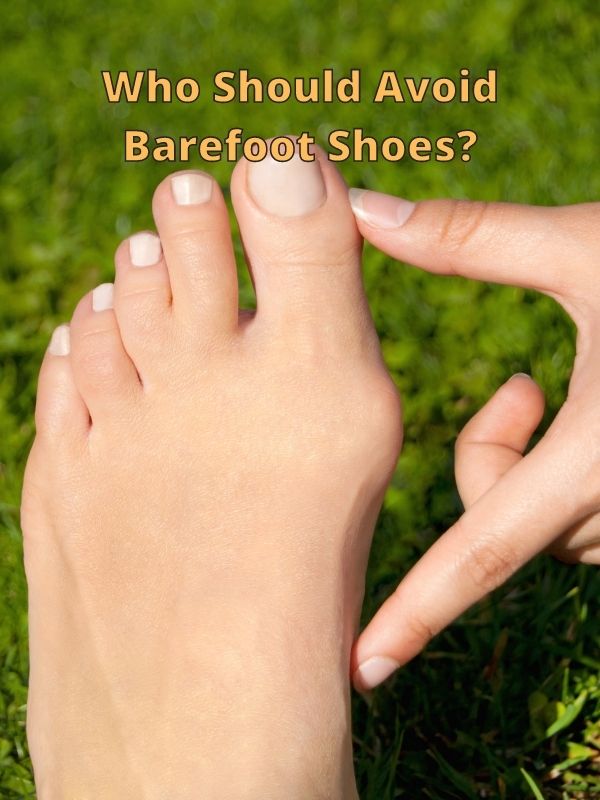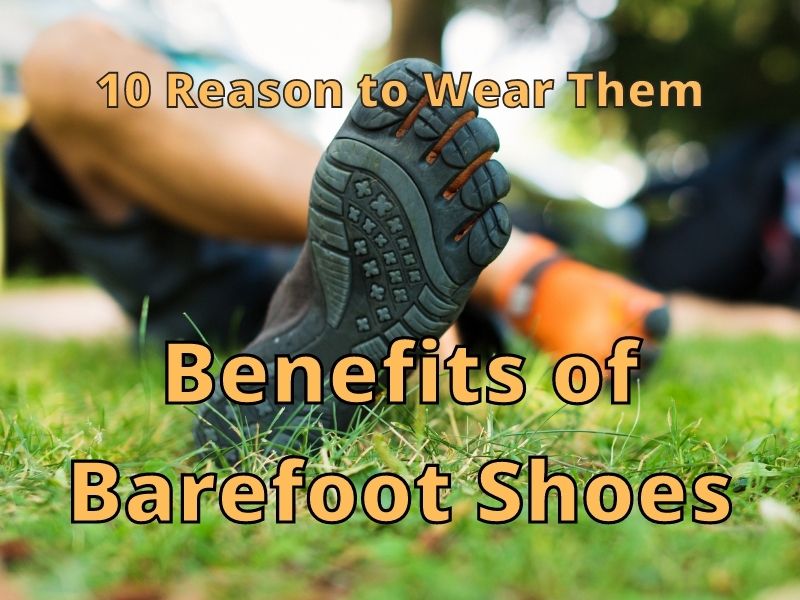Using barefoot shoes can be a positive experience. It needs to be done right in order to avoid injury, but the benefits can be great! Connecting to the ground when wearing barefoot shoes can be a good experience. It’s a great way to develop foot strength naturally.
Here are 10 benefits of Barefoot shoes:
- Your foot muscles get stronger so you can absorb impacts better and have better foot control.
- Your arch gets stronger and is able to absorb impacts better.
- You’re less likely to have a heel strike when running and more likely to have mid- or forefoot strikes, which means less impact on joints.
- Your ankle can get stronger for better control and stability.
- Your leg muscles and the Achilles tendon will be more natural without a raised heel, leading to less injury.
- You start to get more toe strength, so you have better biomechanical movement and likely better foot control.
- Your toes don’t get squished together and can splay for added stability and fewer problems such as bunions and hammertoe.
- Your foot receives more sensory input, which means better communication with your brain, so you can walk and run more naturally.
- Your shoes are lightweight, so they feel like they’re almost not there. Some runners can perform a faster run with lighter shoes.
- Barefoot shoes can provide comfort, protection, traction, and breathability. They can be used for the gym, walking, running, or just getting out of the house.
Barefoot shoes tend to benefit those who wear them in many ways but require individuals who have generally healthy feet and a healthy weight. If you’re not there, yet you can work on getting your body and feet ready to wear barefoot shoes.
Who Should Wear Barefoot Shoes?

Barefoot running can have health benefits for your feet and body, but it can also cause problems for your feet and body if you’re not ready.
Those who are ready to take their running to a new level can benefit from running in shoes that allow your foot to run in a more natural manner. But your feet need to be strong, and you need to get used to these types of shoes over time. Walking in barefoot shoes for several months might be a good way to get started.
It’s a good idea to consult others who have been doing barefoot walking and running and watch videos about how to get started. If you plan to use your shoes for running, it will likely take you a few months to get started safely.
You know you ready when:
- Your feet have a healthy arch
- Your feet are fairly strong
- When you have fairly strong leg and ankle muscles
- When you do not have any preexisting foot problems
What Happens When You Start Wearing Barefoot Shoes?

When you start wearing shoes that require your foot muscles to activate more often, your feet will start to get stronger. This can occur when wearing zero-drop shoes and barefoot shoes.
The stronger your foot gets, the better able it will be able to handle the stress that comes from impacts with the ground.
“The muscles around the ankle should stabilize, the muscles in the foot should build the arch and shorten the plantar fascia.” But if you wear thickly cushioned shoes, “All these things disappear because you don’t need them anymore. The more shoes you build, the less you use those muscles.” (motivrunning.com)
Barefoot shoes wearers usually adapt how they run and walk so there’s less impact on their joints. This happens because your body starts to change the way you walk and run naturally to natural biomechanical movements.
Who Should Avoid Barefoot Shoes?

You can start wearing barefoot shoes right away if your feet are in pretty good shape and your weight is relatively healthy. Start wearing them for short periods a couple of times a week.
If you have any foot issues (like flat feet), you will likely need to resolve these issues first. This may involve foot strengthening, correcting toe position, physical therapy, weight loss, or using arch supports.
Some doctors might even suggest not wearing barefoot shoes, getting surgery, and getting supportive shoes. It’s true that some issues may only be corrected with surgery, but I would consult a few doctors myself before I make such a life-changing decision, even if they have my best interest at heart.
Some doctors may fear barefoot shoes because they might worsen your foot problems. They might only suggest supportive shoes, but if your goal is to get healthy feet, you can work with your doctor to help to solve your foot issues until they are resolved.
Solving any foot or weight issues before wearing barefoot shoes is important so injuries don’t occur. Without strong feet:
- Your arch could collapse
- You could pull a muscle or tendon
- You could have joint pain
Barefoot shoes have less support, so your feet need to support all your weight correctly. As your feet, ankles, and legs get stronger they will naturally support your joints better. This may take some time but is worth it.
Once your feet and body weight are healthy, make sure to monitor your feet after making any changes with the shoe you are wearing. Check that you can walk barefoot without your ankles leaning in, without flat feet, or other issues that have occurred in the past or new ones you’ve noticed.
You shouldn’t have any joint pain. If your feet are strong enough, using barefoot shoes is a good option for further foot development.
If you have any foot, ankle, bone, or ligament condition, you should see your doctor before making any big changes. They might advise you to start with a certain shoe, maybe a cushioned zero-drop shoe, to gain foot strength, or do daily foot exercises.
Buying Barefoot Shoes

If you are sure you’re ready to buy some barefoot shoes, think about a couple of things:
- Do you need an extra cushion because your feet aren’t quite that strong yet?
- Does the shoe feel comfortable the first time you put it on? Remember, the less cushion, the less comfortable they will likely be.
- Will you be walking, running, or hiking in your barefoot shoes? Get a shoe that matches your activity.
- Does it have a wide toe box so your toes can spread out?
- How durable are they?
- How breathable are they?
- Can you return them after wearing them for a week?

